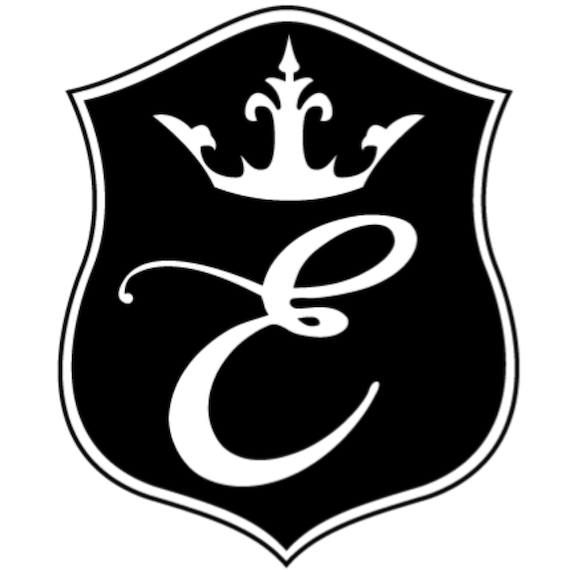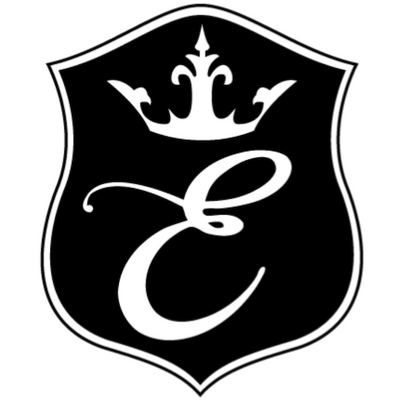EQUESTRIAN FITNESS GUIDE
How To Improve Your Fitness To Improve Your Riding
We, equestrians, are athletes just like in any other sport and whichever discipline we ride, our fitness is as important as the fitness and performance of our horses. When both the horse and the rider are equally fit, this enables them to achieve their goals easier as the rider will have more stamina, endurance, strength, and flexibility in the saddle to be the perfect partner for the horse. It is known that many professional riders have professional fitness programs besides riding programs to improve their riding by improving their general performance. Furthermore, having a regular fitness program helps riders to stay always in show shape even when they cannot practice enough on a horse. Where to start and how to get in great shape? We will answer these in this blog!
1. Identify Your Needs
Before starting to make a fitness plan, identifying your needs will help you the most. Depending on the discipline you ride and the current performance of your body, you should define your weaker points are focus on them to have a balanced shape. To ride better any rider needs stamina, endurance, strength, and flexibility besides suppleness and stability. Starting from your posture, you should focus on your core, hips mobility, back muscles, legs, and arms. If you have a professional trainer, you can discuss your deficiencies with them or consult an equestrian fitness tutor and identify what you need to improve. In addition, you should consider your future riding goals when identifying your needs for the best improvement.
2. Make Plans and Make Time
After deciding what you need to improve specifically, you can make your workout plans. If you have the opportunity, finding a fitness tutor is always the best choice. If not, you can try to set your own plans according to your needs. Daily, weekly, monthly online workout plans can help you to have a regular schedule. Don’t ever forget that you should do your workout on a regular basis. Therefore, if you think you don’t have enough time, you should reconsider your daily life and try to make some extra time for your fitness workouts. Doing a basic workout regularly is always better than working harder all at once.

3. How to Improve Your Fitness
Whether dressage, or jumping, or eventing, or just pleasure riding, a rider needs stamina, endurance, strength, flexibility, and stability. To improve these, you should start with improving your back, core, hips, arms, and legs. Remember that the human body works as an entire unit and everything is connected to each other. Improving only one part won’t be helpful if you don’t improve the other parts as well. Here is how you can improve each part:

- improve your back:
Improving the condition of your spine and back muscles helps you to have a better seat and a better balance in the saddle. It is also vital for the correct posture of “ear-shoulder-hip-heel” that we all are taught at first. To have a better back and spine condition, you should learn to neutralize your spine and strengthen the muscles around the spine. We have some simple exercises that you can try:

- improve your core:
You may have already heard many riders and trainers talking about “core strength” for better riding. A strong core is important in all the disciplines but it is more important for dressage riders as they must ride sitting trot and canter. Combined with a strong back, the core helps you absorb the shock that horse creates when trotting or cantering and helps you sit well-balanced in the saddle.


- improve your hip mobility:

- improve your legs:
Our legs are the communication lines between our brain and our horse’s brain. Having strong and flexible leg muscles means having better communication with the horse. Also, the better you use your legs, the better you use the aids and leg pressure.

To improve your leg strength you can try these exercises:
- Lie on your side feet flat on the ground, press into heels and have your feet parallel. Begin by lifting the top leg off the bottom and lowering it if back down again. Repeat with the other leg.
- Stand on the edge of a step with your heels hanging over the edge. Lightly rest one hand on the wall or railing if necessary to maintain your balance. Then, keeping your back straight, flex your ankles to allow your heels to drop below the level of the step.
- Start with heels underneath knees and simply lift hips up by squeezing bottom and lower back down again. Bring in more stability by crossing hands over the chest.
- improve your arms and posture:
Hands, elbows, and shoulders create the right posture you need on a horse. Having the correct posture ensures your balance and communication with the horse.

To have a better posture and improve the strength of your arms, you can try these exercises:
- Standing on the ground lift some weights (can be any weight, doesn’t have to be too heavy) up to elbow height and externally rotate them out. Don’t let your back move.
- You can also do a push-up. Brace the core and push straight up and down. Aim for full range and keep elbows in by your ribs.
- Stand with feet shoulder-width apart, holding a dumbbell in each hand. Bend right elbow to hip and hinge over to left from waist. Extend right arm overhead and to left, keeping shoulder down. Lower elbow to hip.
Don’t forget that these are the example exercises that you can try anywhere to make a start. If you think these are not enough, you can get professional help and create a personalized fitness plan. As we mentioned above, you should define your needs and weaknesses to create a plan that uniquely targets your needs.
















Leave a comment